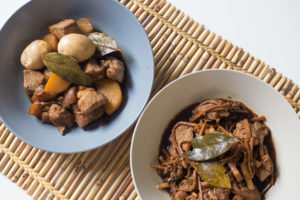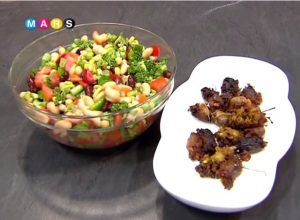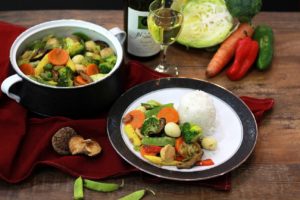
Humba is a Bisayá recipe (Bisayá refers to the people residing in the Visayan Islands as well as on most parts of Mindanao, in the Philippines) and is a common dish found on most tables during special occasions in a Bisayan household and during town fiestas in the southern parts of the Philippines.
Just like Adobo, Humba was made due to the need for the meat to last longer. Humba lasts for several days without spoiling due to the vinegar present and especially if it is immersed in oil. Surprisingly enough, it even tastes better the longer it’s stored. There are some versions why this dish is called such, some would say that it is from the phrase “Humot nga bBaboy” with the first two letters of the first and the last words joined together. Humot is a word in the Bisayan dialect which could be roughly translated to mean “sweet smelling”, “fragrant”, or “with delicious smell”. Baboy, on the other hand, is Filipino for pork or for a pig (it could be interchangeable depending on the usage). Some argue that it really means “HUmok nga BAboy”, since the meat, due to the way it is cooked, becomes very soft and tender. Humok means “soft” or “tender”.

- 1 kilo Pork Belly
- 2-3 regular size Garlic, minced
- 2 regular size Soy Sauce
- ⅔ cup Vinegar (palm vinegar or cane vinegar preferred)
- ½ cup White Sugar or Brown Sugar
- ¾ table spoon Ground Black Pepper
- 25grams Puso ng Saging
- 6 Bay Leaves
- 1 table spoon Black Beans
- ¼ Pineapple Slices
- Saute garlic and onion in a casserole
- Add in pork to the pot
- Add sugar and braised the pork
- Once the pork shoulder is braised, put in pineapple chunks and puso ng saging
- Add in Tausi, Soy Sauce, Vinegar and water
- Slow cook it for 2-3 hours. Once the pork is tender turn off heat.
- Serves 6-8 people








